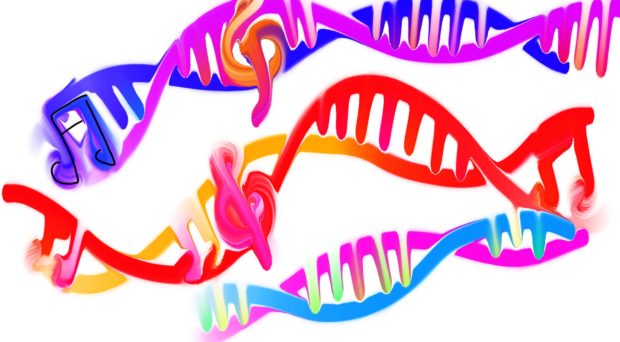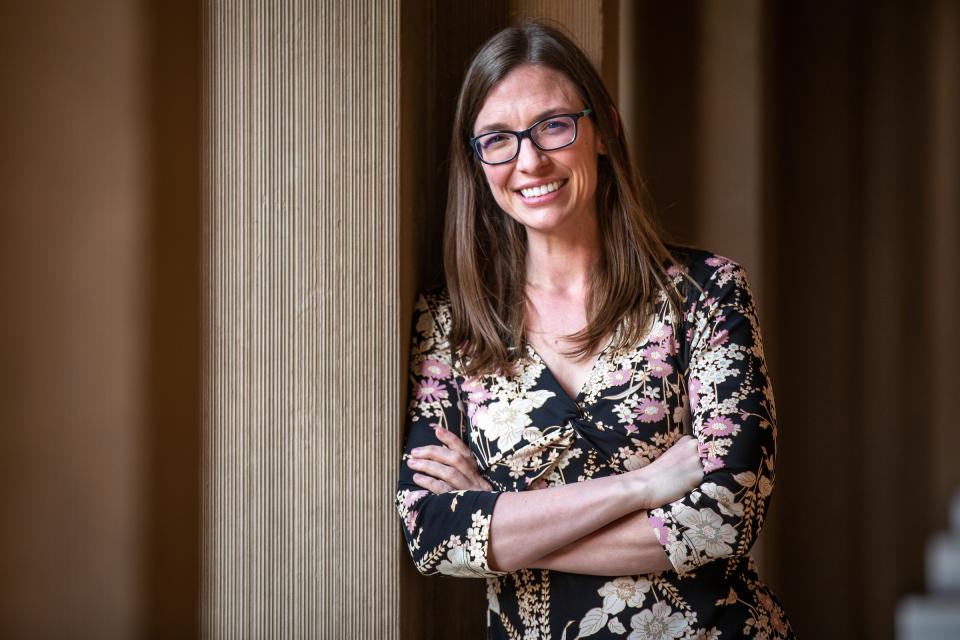powerful concept. It’s the thing that ties families together—that gives shape to their shared history of stories, of homes, of personalities. And more and more, it’s the way we understand families’ shared geneticinheritance. But that more modern biological notion of heredity comes with some new, technical baggage: It’s easier to talk about the high blood pressure that runs in your family than it is to discern the alleles that define it, all the meiotic divisions that had to occur before that trait was passed down to you. And misunderstanding the role DNAdoes or doesn’t play in determining one’s fate can have dangerous consequences.
Luckily, acclaimed science writer Carl Zimmer is here to unravel the tangled history of the science and pseudoscience surrounding heredity, in all its many forms. In his expansive, engrossing, and often enlightening new book, She Has Her Mother’s Laugh, Zimmer takes readers on a tale through time and technology, from the inbred Holy Roman Empire to the birthplace of American eugenics to the Japanese lab where scientists are reprogramming skin cells into eggs and sperm. But Zimmer says it’s not a book about genetics. It’s a book about the question genetics was invented to answer. Namely, how did the past become the present, and how will the present shape the future?
Big questions, Zimmer. Now here are a few for you.
WIRED: You argue in this book that it’s time to redefine heredity, to get away from a DNA-centric notion of inheritance, right at a time when people are only just beginning to tap into their own genomes. What gives?
Carl Zimmer: People have been trying to use genetics as a form of identification for a very long time. Of course they didn’t always call it that. DNA is just a modern substitute for the old idea of blood. But in many ways it hasn’t evolved much from the time we thought of ancestry as a pure substance. We still say “I’ve got some Irish blood in me,” but it’s not like you can take out just the Irish blood and fill a cup with it. It’s the same with the bits of DNA in your genome that came from people that once lived in that part of the world. We’re all an amalgam of fragments that have all traveled different paths and each only influences us in very subtle ways.
[“Source-timesofindia”]









